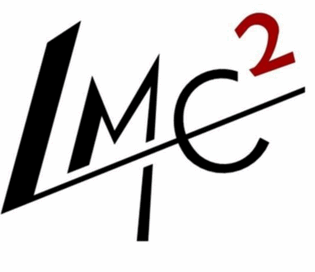
PHD Topic
Mechanical torsional behavior of multi-material structures and spill instability Application to mixed steel-wood and composite-wood structures
Abstract
Construction, especially the building industry, which has a significant economic and environmental impact, remains generally organized by building material (steel, wood, concrete). However, many examples, such as mixed steel-concrete structures, have demonstrated the interest of associating different materials to make the most of their respective properties. Wood-steel solutions have been the subject of a few studies but their use remains very limited due to a lack of knowledge of the behavior of these structures whereas their potential is important. Previous work combining steel beams and wood floors in CLT (Cross Laminated Timber) have demonstrated their advantages in terms of performance, space requirements, ease of implementation and low environmental impact. Moreover, the first results showed that the integration of steel reduces the effect of creep, the risk of brittle fractures and highlighted the stabilizing effects of wood on steel allowing the latter to reach its maximum capacities without local warping or spillage. More recently, bending tests on elements combining wood and composite materials have confirmed the interest of these multi-material structures and the important role of wood in limiting instability phenomena. However, the scientific questions and locks remain numerous and varied. From a mechanical point of view, the efficiency of the wood-steel or wood-composite association is based on the efficiency of the connection, the characterization of which has to be established for different techniques (bolting, gluing…), different geometries or stresses. Moreover, although the stabilizing role of wood has been demonstrated, its precise identification and modeling are still lacking: the spillage of a steel-wood hybrid beam is still poorly predicted to this day. Finally, the behavior over time of these hybrid structures has not been the subject of in-depth studies on the experimental level or on that of numerical simulations. The main subject of the thesis will focus on the study of the instantaneous mechanical behavior of wood-steel and wood-composite structures under multi-axial stresses (bending, shear, torsion). The analysis and resolution of the problem will be done at two scales: at the interfaces and at the scale of a structural element. The connection between the different parts will be made by bolting and/or gluing. The work carried out will be based on previous studies, particularly those carried out at LMC2. Particular attention will be paid to the instability of the spillage and the associated torsional behavior. Two axes will be carried out in parallel. On the experimental level, shear tests will allow the characterization and selection of the most efficient connection techniques. They will be implemented on structural elements subjected to bending and torsion. The behavior will first be studied on each of the components and then the hybrid structures will be stressed to ruin. Parallel to the tests, the modeling of the bent elements will be carried out according to different approaches (local variables / global variables, multi-material beams / MEF) taking into account geometrical and material non-linearity. The established models will be validated on the basis of the experimental results and will allow to accurately simulate the response of these hybrid structures in all phases of their behavior, including the mechanisms of ruin and damage. They will also make it possible to know the stress states that should not be exceeded to guarantee the durability of these structures. Modeling tools of the engineer type will finally be proposed within the framework of the Eurocodes.
